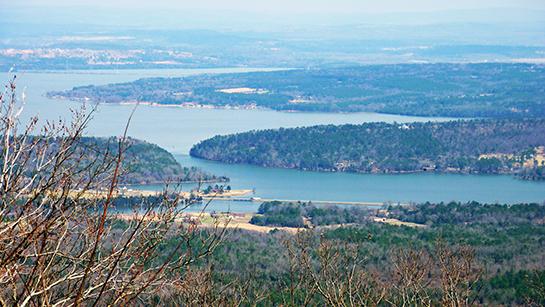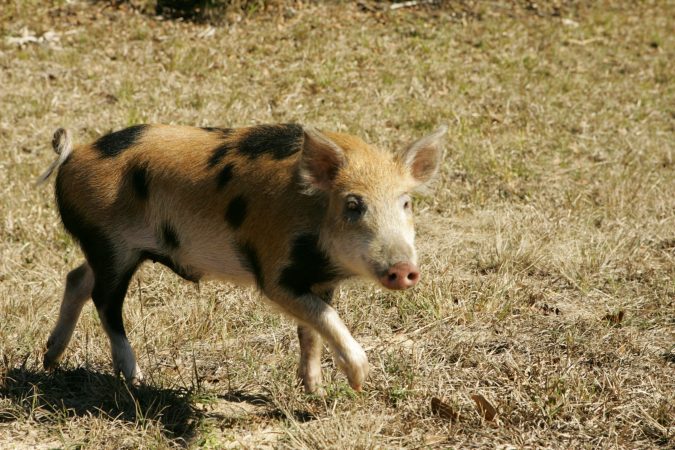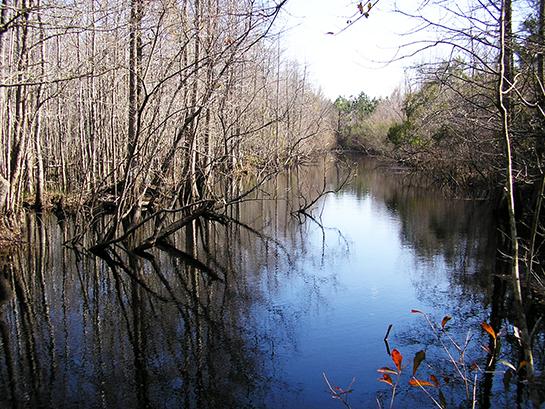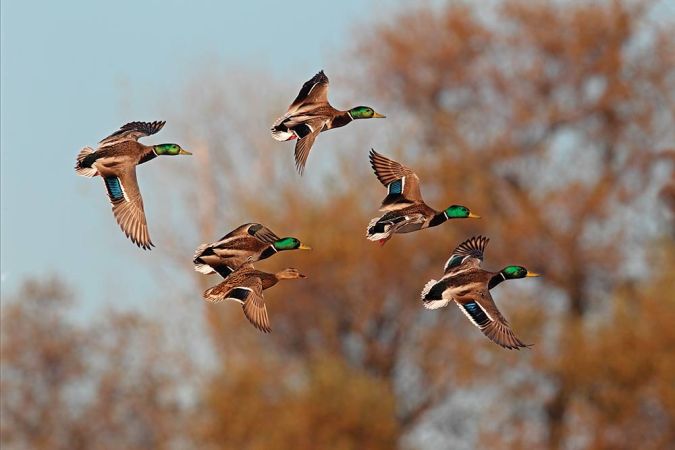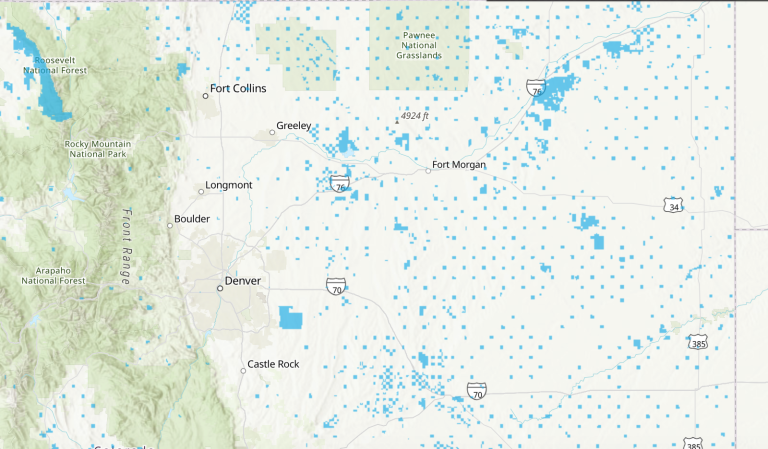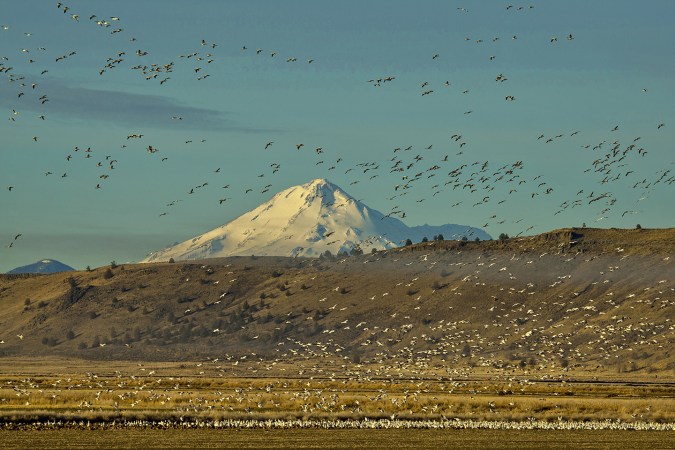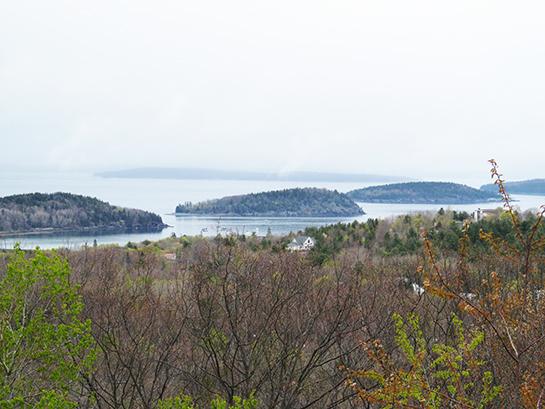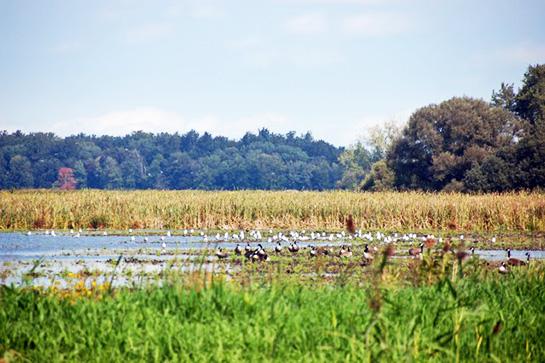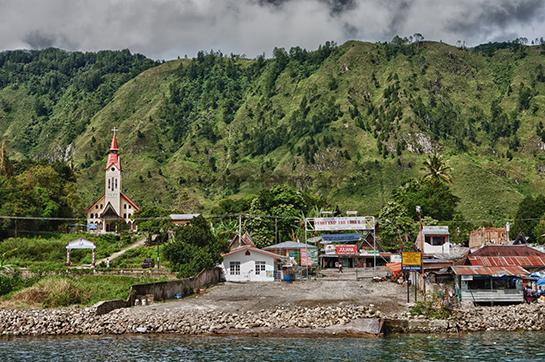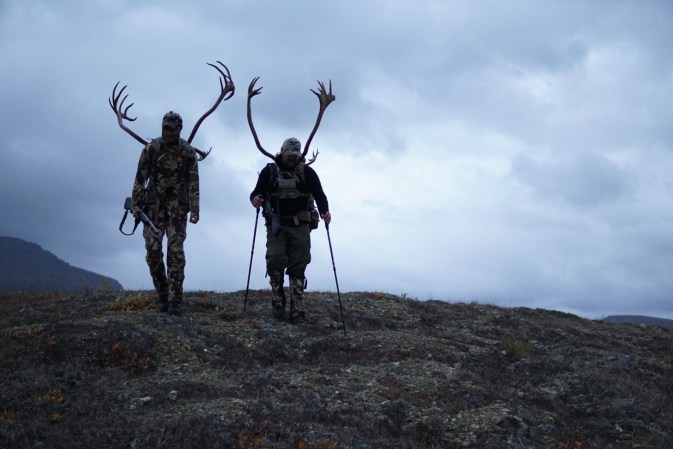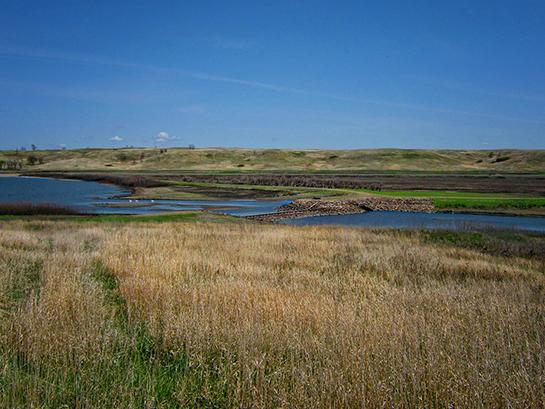The always-fragile waterfowl population took a hit this year. Because of dry conditions on the breeding grounds, overall duck numbers declined. For waterfowlers who frequent public hunting grounds, that means finding good duck and goose hunting will be even more challenging than before. Don’t despair; we’ve come up with 10 hot spots that hold good numbers of birds each year and offer quality hunting for the do-it-yourself waterfowler. Some locations require the luck of the draw; others, long hikes in deep mud; and others still, a good boat and large decoy spread. Pick the one that suits your fancy and try for a limit this season.
1 KLAMATH BASIN, CALIFORNIA AND OREGON
The Klamath Basin straddles the California and Oregon state line. Marshes and stubble fields laden with waste-grain attract up to 2 million waterfowl each fall and winter. The duck magnets are 39,100-acre Tulelake and 53,600-acre Lower Klamath National Wildlife Refuge (NWR). The marshes on the California side of Lower Klamath are a good bet, with access available by boat or foot. Bring a good supply of mallard decoys but expect to bag pintails, gadwalls and wigeon in addition to greenheads. The spaced blinds on Tulelake NWR are awarded by a daily draw and offer good shooting for snow and white-fronted geese. Hunting is permitted seven days per week until 1 p.m. on the California side, all day in Oregon.
Contact: Klamath Basin NWR (530-667-2231; https://klamathbasinrefuges.fws.gov/). Lodging: In Tulelake and Klamath Falls try the Klamath Falls Chamber of Commerce (541-884-5193; www.klamath.org).
2 COLUMBIA BASIN, WASHINGTON
In the late 1950s, center-pivot irrigation came to the Columbia Basin. Vast acreages of wheat and corn were planted, and waterfowl, particularly mallards and Canada geese, began to winter in increasing numbers. By the late 1970s, waterfowl populations were measured in the millions. Umatilla NWR, with property in both Washington and Oregon, has blinds for which permits are issued by a lottery draw held before the hunt. Don’t assume you’re out of luck without a reservation–many permit holders don’t show up and standby hunters can take the unclaimed blinds. Other public areas include McKay Creek, Cold Springs, McNary and Toppenish NWRs (all managed from the Mid-Columbia River NWR office) and the Ladd Marsh WA. Late-season hunting can be outstanding.
Contact: Mid-Columbia River NWR Complex (509-545-8588; https://midcolumbiariver.fws.gov/). Lodging: In Umatilla and Hermiston, contact the Hermiston Chamber of Commerce (541-567-6151; www.hermistonchamber.com).
3 FREEZEOUT LAKE, MONTANA
At Freezeout Lake Wildlife Management Area (WMA), you’ll see more camouflage jackets than blaze orange–a rarity in Montana, where big-game hunting reigns supreme. The WMA was established in the early 1950s and covers 12,000 acres. Nearly 10,000 acres are open to public shooting. In recent years waterfowl numbers there have steadily increased. Reservations are not required, and both marsh and lake hunting are available. Try ponds 1, 3, 5 and 6 in the center of the area for mallards, gadwalls and blue-winged teal. Around Halloween, snow goose populations peak at just over 150,000 birds. Set up for snows in the private fields (ask permission first) on the east side of the lake, where they feed, or pass-shoot on the WMA as they return to roost. Tundra swans can be hunted if you have a state-issued permit.
Contact: Freezeout Lake WMA (406-467-2646). Lodging: Camp on the WMA or stay in Choteau (Choteau Chamber of Commerce; 800-823-3866; www.choteaumontana.com).
4 GREAT SALT LAKE, UTAH
The 74,000-acre Bear River Migratory Bird Refuge was established in 1928 and is part of the Great Salt Lake ecosystem. In 1983, the rising waters of the Great Salt Lake, fueled by heavy snowmelt and rain, topped refuge dikes and destroyed the freshwater marshes. By the early 1990s, they receded and habitat was reclaimed. Soon after that the waterfowl populations returned. Bear River, along with nearby state areas, including the Harold Crane Public Shooting Ground and Salt Creek WMAs, can be hunted free of charge and they don’t have quotas. If you don’t mind walking a mile or more and can pack decoys, there is top-notch shooting in units 3B and 9 on Bear River. Avoid opening weekend, Thanksgiving Day and Thanksgiving weekend to miss the crowds.
Contact: Bear River Refuge (435-723-5887; https://bearriver.fws.gov/) or the Utah Division of Wildlife Resources (801-476-2740; www.wildlife.utah.gov). Lodging: In Brigham City contact the Brigham City Chamber of Commerce (435-723-3931; www.bc areachamber.com).
5 DEVILS LAKE, NORTH DAKOTA
Devils Lake is North Dakota’s largest natural lake, covering 130,000 acres. Ringed by prairies and marshes and flanked by hardwood forests, Devils Lake is a haven for diving ducks, which are drawn to its fertile wetlands and shallow depth. There are a myriad of state and federal areas where hunting is permitted. Kenner Marsh WMA, Knox Slough Waterfowl Production Area and Lake Alice NWR provide shooting for mallards, gadwalls and wigeon early in the season and terrific hunting for migrating scaup later. Shoreline areas can be accessed on foot and a boat can get you away from the access roads. Cash in on snow-goose hunting by getting permission on private land or find a public area where geese are roosting.
Contact: Devils Lake Wetland Management District (701-662-8611; https://devilslake.fws.gov/) or the North Dakota Game and Fish Department (701-662-3617). Lodging: In Devils Lake, contact the Devils Lake Area Chamber of Commerce (800-233-8048; www.devilslakend.com).
6 LAKE OF THE WOODS, MINNESOTA
Lake of the Woods is a million-acre chunk of north-woods real estate in northern Minnesota. Carved by glaciers, its rocky granite islands, secluded bays and wild rice beds provide migration habitat for waterfowl, particularly diving ducks. Scaup show up in early October, with dense populations present until early November. Add buffleheads, goldeneyes, ring-necked ducks and a few canvasbacks and you have a diving-duck smorgasbord. Most of the hunting is from points, where makeshift driftwood or rock blinds provide concealment and large decoy spreads bring the birds in close. Much of the shoreline and waters of the lake are open to hunting, except near human habitation.
Contact: Minnesota DNR (888-646-6367; www.dnr.state.mn.us). Lodging: For Angle Inlet or Oak Island contact the Angle and Chamber of Commerce (866-692-6453; www.lakeofthewoodsresorts.com).
7 HORSESHOE LAKE, ILLINOIS
The area, known as the Southern Illinois Quota Zone, sports a rich tradition of goose hunting, with the heart of the action near the 10,645-acre Horseshoe Lake WA and 6,200-acre Union County WA. Along with Crab Orchard NWR (44,000 acres), these areas provide winter habitat for up to 100,000 Canada geese. Hunting is a big deal in southern Illinois, and virtually all goose hunting is in fields. At Horseshoe Lake and Union County WAs, hunters can gain entry by submitting applications in advance. Crab Orchard offers a freelance area and a daily draw for blinds. Late-season hunting is best–when there’s snow and ice in the upper Midwest it will help push large numbers of birds into the area.
Contact: Horseshoe Lake WA (618-776-5689), Union County WA (618-833-5175) and Crab Orchard NWR (618-997-3344; https://midwest.fws.gov/craborchard/). Lodging: In Marion, Jonesboro and Olive Branch contact the Williamson County Tourism Bureau (618-997-3690; www.wctb.org).
8 STUTTGART, ARKANSAS
Stuttgart is the self-proclaimed “duck-hunting capital of the world.” It’s a place where duck populations reach legendary proportions and hunting is taken very seriously. Much of the hunting takes place in bottomland hardwoods that are seasonally flooded by the waters of the White, Cache and St. Francis rivers, creating this unique habitat. Mallards rule in Stuttgart, but wood ducks, gadwalls, wigeon and a growing population of snow geese also find their way into the bag. The 34,000-acre Bayou Meto WMA, about 25 miles as the crow flies south of Stuttgart, is primarily flooded bottomland hardwoods. Bayou Meto is open to half-day hunting throughout the season.
Contact: Bayou Meto WMA (870-367-3553). Lodging: Contact the Stuttgart Chamber of Commerce (870-673-1602; www.stuttgartarkansas.com).
9 CAMERON PARISH, LOUISIANA
More ducks are harvested annually in Cameron Parish than in any other county in the United States. Birds from both the Central and Mississippi flyways converge in southwestern Louisiana to winter. Dabblers, divers and an increasing number of snow geese find the flooded rice fields, freshwater wetlands and coastal marshes to their liking. Hunting is available at Sabine NWR (124,500 acres) three days a week and Lacassine NWR (35,000 acres) for five days. (Both areas allow hunting until noon.) Some areas can be accessed on foot, but you’ll need a boat to reach the remote (and best) habitat. Don’t overlook Unit D in Sabine–it’s a dozen miles by boat but provides some incredible hunting.
Contact: Sabine NWR (337-762-3816; https://sabine.fws.gov/) or Lacassine NWR (337-779-5923, https://lacassine.fws.gov/). Lodging: For motels in Sulphur, Jennings and Lake Charles contact the Southwest Louisiana Convention and Visitors Bureau (337-436-9588; www.visitlakecharles.org).
10 ABSECON BAY, NEW JERSEY
Each fall, the tidal flats between Barnegat Light and Atlantic City become the home for more than 50,000 brant. Additionally, up to 25,000 snow geese and thousands of black ducks, mallards and scaup winter here. Public hunting is available on the 42,000-acre Edwin B. Forsythe NWR and several state WMAs. The birds use the refuge’s sanctuaries to roost, making daily flights to the salt meadows and estuaries to feed. Access is strictly by boat. A good spread of decoys to match the species you’re hunting is important. The public hunting areas have few hunters, perhaps because the casinos and nightlife of Atlantic City are only a stone’s throw away.
Contact: Edwin B. Forsythe NWR (609-652-1665; https://forsythe.fws.gov/) Lodging: Contact the Atlantic City Convention and Visitors Authority (888-228-4748; www.atlanticcity nj.com).


